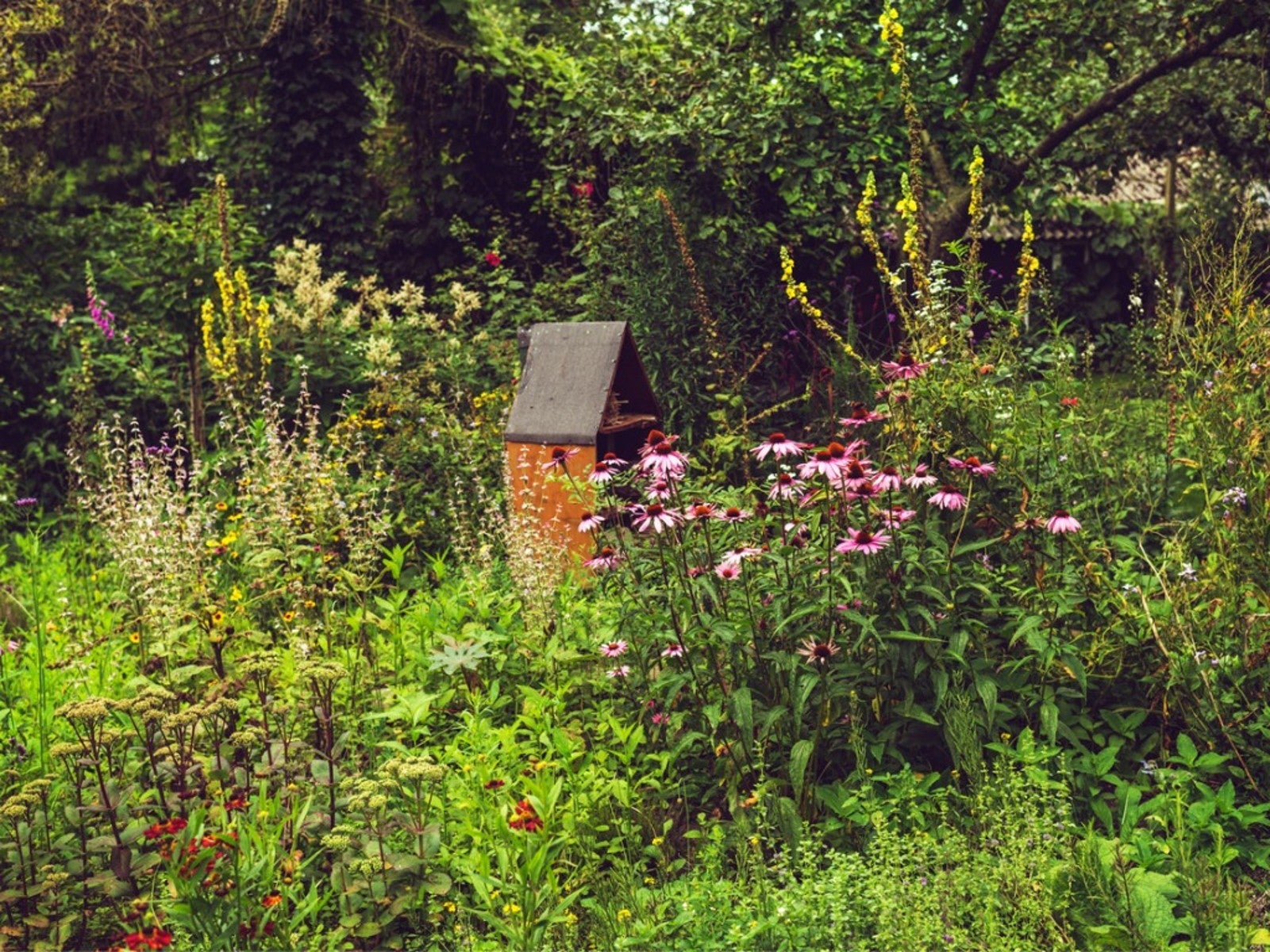How To Make A Natural Area In Your Garden


The idea of keeping at least some of a garden natural and relatively uncultivated is growing in popularity. Even in traditionally well-manicured suburban enclaves, the concept is taking root.
Natural spaces in the garden add beauty, texture, and visual interest. There are also benefits to natural areas that go beyond aesthetics. Leaving natural spaces is good for the environment, it attracts and supports pollinators and wildlife, and requires minimal maintenance and cost.
There aren’t many downsides to consider. One is that neighbors might complain. Some people think natural gardens look messy and some homeowners’ associations are restrictive about what you can do with your landscaping. But, overall, natural areas are highly beneficial, and if managed correctly, are also attractive. Here are some natural garden ideas to try to get your toes wet or to go all the way in.
Try Lawn Alternatives
One of the biggest recent trends in natural gardening is choosing alternatives to turf grass. A traditional grass lawn is not natural at all. It requires a lot of maintenance, is costly to maintain, and does not support native wildlife or pollinators. There are many options for alternatives to a lawn. A simple solution is to create more garden beds to reduce the lawn footprint. Fill these beds with native species for a healthier, more natural landscape design.
Another idea that homeowners are embracing more often is creating meadows. Letting some areas of cultivated grass grow into a natural meadow with native wildflowers is both pretty and environmentally friendly. If meadows are natural in your area, remove the turf grass from the intended area and replace it with native meadow species of grass and wildflower.
Rethink Problematic Shade Areas
Another way to be more natural in the yard is to target the areas where grass is difficult to grow. If you have ever tried to cultivate grass in the shade of a tree, you know the struggle.
Instead of fighting nature, work with it. Use woodland species that evolved to grow under trees. Spring wildflowers and forest undergrowth will do well in these areas. If you prefer something a little tidier, use a natural mulch like pine needles to create a uniform boundary around the tree.
Gardening tips, videos, info and more delivered right to your inbox!
Sign up for the Gardening Know How newsletter today and receive a free copy of our e-book "How to Grow Delicious Tomatoes".
Plant Native Beds
The best way you can support the ecosystem in your area is to use more native species. Check with your local extension office to find out which perennials, shrubs, and flowers are native and will grow well in your garden’s conditions.
The great thing about a native bed is it allows you to compromise between natural and cultivated. Completely natural spaces are largely hands-off, but gardeners love to cultivate. With native beds, you can create a beautiful, designed space that is still natural and supports the ecosystem.
Work with Existing Areas
Like the shady spot under a tree, you might have other areas that are well-suited to remaining as is. Choose your natural spaces thoughtfully, working with what you have. For example, if your yard backs onto a wooded area, create a low-maintenance woodland garden at the edge of your property line.
A marshy area or a low pond are other good spots for natural gardening. You can use them to do some moderate cultivation while also letting them stay relatively wild. This strategy reduces maintenance needs and costs while also boosting natural beauty in your garden.

Mary Ellen Ellis has been gardening for over 20 years. With degrees in Chemistry and Biology, Mary Ellen's specialties are flowers, native plants, and herbs.